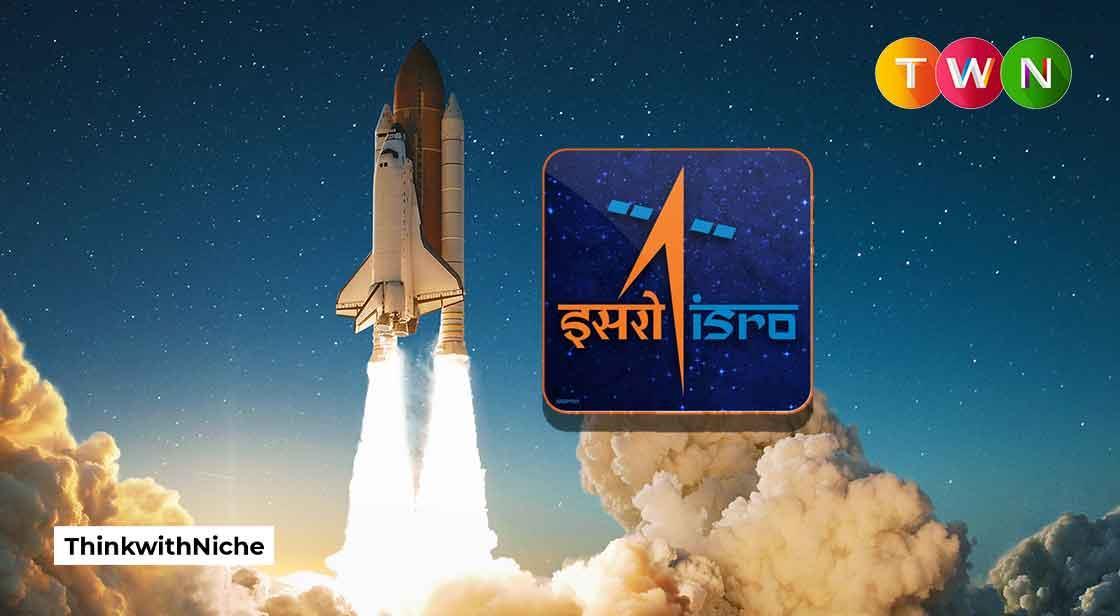ISRO's Kulasekarapattinam Spaceport to Host First SSLV Launch in 2027

News Synopsis
The Indian Space Research Organisation (ISRO) is set to make significant strides in the country's space program with the upcoming launch of the Small Satellite Launch Vehicle (SSLV) from the newly developed Kulasekarapattinam spaceport in Tamil Nadu. This marks an important milestone as ISRO expands its launch capabilities beyond Andhra Pradesh.
New Research Centre for Spacecraft and Launch Vehicle Thermal Management
A state-of-the-art research centre has been established at the Indian Institute of Technology (IIT) Madras to focus on spacecraft and launch vehicle thermal management. This initiative is critical for India's expanding space ambitions and will play a vital role in advancing the nation's capabilities in space technology.
Kulasekarapattinam Spaceport: A Major Step for ISRO
The upcoming spaceport in Tamil Nadu’s Thoothukudi district is set to become ISRO’s second launch complex outside Andhra Pradesh. The maiden launch of SSLV from this facility is expected to take place in the next 24 months, according to ISRO Chairman V Narayanan.
SSLV: Supporting Polar Launches up to 500 kg
The SSLV has been designed to support polar satellite launches, with a payload capacity of up to 500 kg. This vehicle is a cost-effective and efficient alternative for launching small satellites into orbit. Indian industries will play a crucial role in the production of SSLV, reinforcing the country’s vision of self-reliance in space technology.
Timeline for the First Launch
All necessary facilities at the Kulasekarapattinam spaceport will be fully commissioned within 24 months. The first SSLV launch is set to take place in 2027, carrying a 500 kg satellite into orbit.
Inauguration of ‘S Ramakrishnan Centre of Excellence for Research in Fluid and Thermal Science’
In addition to the spaceport developments, ISRO Chairman V Narayanan recently inaugurated a new research centre at IIT Madras, named the ‘S Ramakrishnan Centre of Excellence for Research in Fluid and Thermal Science.’
The centre, named after the former director of ISRO's Vikram Sarabhai Space Centre, will support India’s Atmanirbhar Bharat initiative by advancing research in heat transfer, cooling systems, and fluid dynamics.
A Key Hub for Advanced Space Research
The research centre will act as a nodal hub for cutting-edge studies in spacecraft and satellite thermal management. Scientists and engineers from ISRO will collaborate with IIT Madras researchers to address thermal challenges that impact space missions.
Enhancing India’s Position in Space Technology
According to IIT Madras, this initiative will position India as a global leader in thermal sciences research for space applications. Effective thermal management is crucial for increasing satellite lifespan, ensuring spacecraft safety, and improving mission success rates.
Upcoming ISRO Missions and Launches
ISRO has a packed launch schedule for the year, including:
-
The Geosynchronous Satellite Launch Vehicle (GSLV) mission
-
A commercial satellite launch for the USA
-
An unmanned test mission featuring a humanoid as part of the Gaganyaan project
Significance of the Research Centre for Future Space Missions
The research conducted at IIT Madras will directly impact India’s upcoming deep-space missions, including lunar and Mars expeditions. The new centre will facilitate the development of innovative thermal control solutions, ensuring India remains at the forefront of space technology.
Legacy of Arcot Ramachandran
As part of the inauguration ceremony, IIT Madras also unveiled the ‘Arcot Ramachandran Seminar Hall.’ Arcot Ramachandran, a globally renowned professor of heat transfer, played a key role in establishing the Heat Transfer and Thermal Power lab at IIT Madras.
Conclusion
ISRO’s developments in the Kulasekarapattinam spaceport and the establishment of the IIT Madras research centre mark crucial advancements for India's space exploration. With the first SSLV launch scheduled for 2027 and a strong focus on research-driven innovation, India is well on its way to solidifying its position as a global space power.
You May Like









